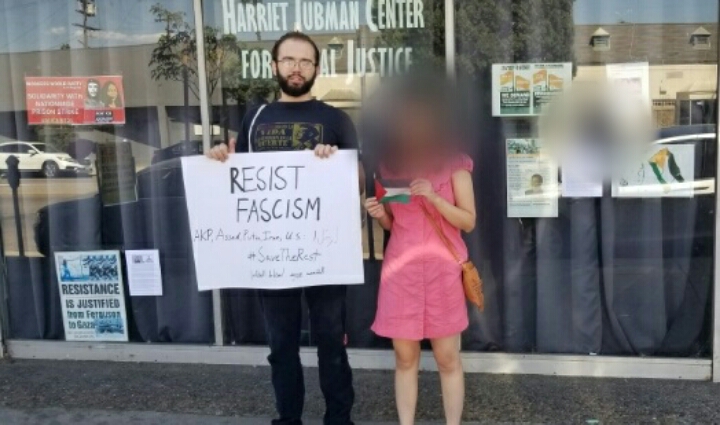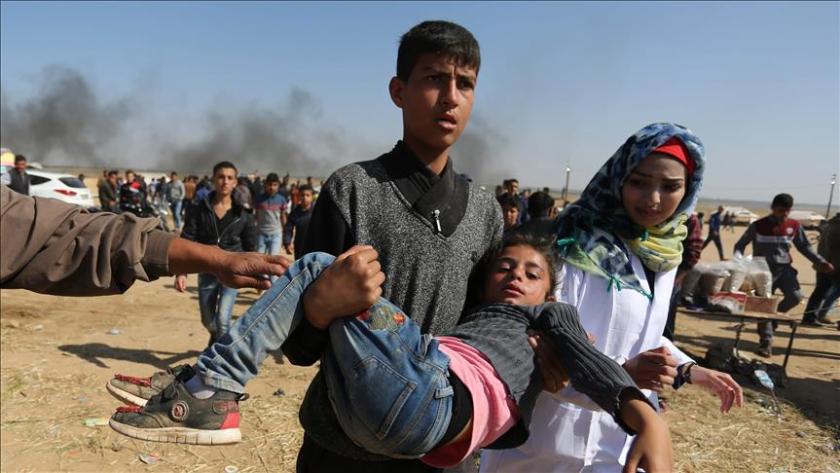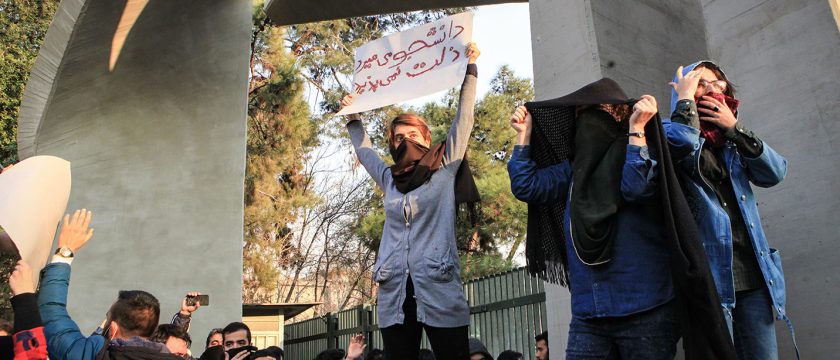By Javier Sethness
Originally published on Notes Toward an International Libertarian Eco-Socialism
On Thursday, January 31, a U.S. judge found the Syrian regime of Bashar al-Assad responsible for the targeted assassination of U.S. journalist Marie Colvin in Homs in 2012. A reporter for The Sunday Times, Colvin had been covering the regime’s besiegement of the Baba Amr district of Homs, whose population had rebelled against Assad’s rule as part of the Revolution which had begun in the southern city of Der’aa in March 2011. Though evacuated with other internationals and journalists within days of her arrival as a precautionary measure in light of a threatened regime offensive, Colvin returned with the French photojournalist Rémi Ochlik and British photographer Paul Conroy to the improvised community media center from where they had been reporting. As Conroy describes, he, Colvin, and Ochlik believed that, by reporting on the regime’s besiegement of Baba Amr, they could affect world opinion and bring relief to civilians under fire. It was from Baba Amr that Colvin courageously went live on CNN, the BBC, ITN News, and Channel 4 News, on February 21, 2012, to belie the Assad regime’s fabrications that its assault on the district was exclusively targeting so-called “terrorists.” It was for this reason that the regime killed her, the very next morning after the broadcast. They triangulated her location via her cell signal due to Colvin’s bravery in broadcasting the devastating truth to the world, murdering her and Ochlik in a targeted artillery strike. As judge Amy Jackson observes in her ruling, Colvin was “specifically targeted because of her profession, for the purpose of silencing those reporting on the growing opposition movement in the country.”
Colvin’s remarkable story is told in two recent films: Under the Wire and A Private War. I will not here be discussing Under the Wire, which is brilliantly reviewed by Muhammad Idrees Ahmad in the New York Review of Books here. Instead, I will offer some comments about A Private War, a 2018 dramatization of Colvin’s life, directed by Matthew Heineman and written by Marie Brenner and Arash Amel.
Though Colvin covered armed conflicts for three decades, in A Private War, we follow her in her later assignments to war zones in Sri Lanka, Afghanistan, Iraq, and Libya. It is amidst covering Sri Lanka’s civil war that Colvin suffers a disfiguring injury, leading her to wear a distinctive eye-patch over her left orbit. While there is little sense in the film that Colvin had an anti-imperialist critique of U.S. participation in wars in Afghanistan, Iraq, and Libya, the film depicts her dynamic and increasingly humanist approach to journalism, culminating in her martyrdom in Homs in February 2012. During the Libya segment, which takes place shortly after the outbreak of protests against Mua’mmar al-Qaddafi, we see Colvin outright interviewing the autocrat. Though Colvin never had the chance to question Assad—she was no Vanessa Beeley, a neo-fascist propagandist, but rather the Syrian despot’s direct victim—we get the sense that the writers and director are here channeling Assad’s specter through Colvin’s interaction with Qaddafi, given their similarities, from political authoritarianism to inter-personal repulsiveness and sexism, and their common opportunistic use of nationalist, ‘socialist,’ and ‘anti-imperialist’ rhetoric to legitimize their crimes. It follows logically that both Qaddafi and Assad would present essentially all opposition to their rule as “al-Qaeda” and/or “terrorists,” as they have.
Continue reading “Accountability for Assad’s Murder of Marie Colvin: A Precedent for Justice?”



